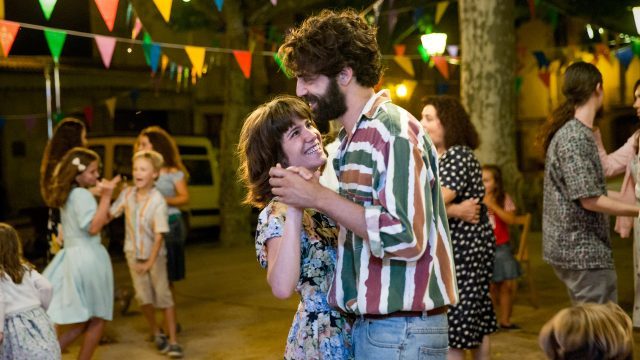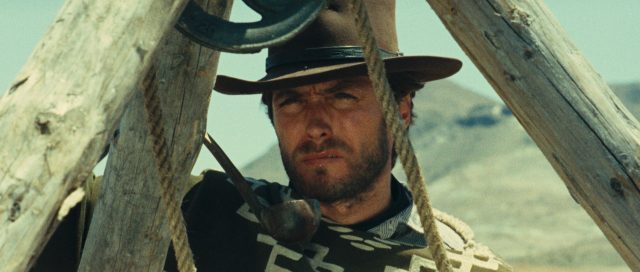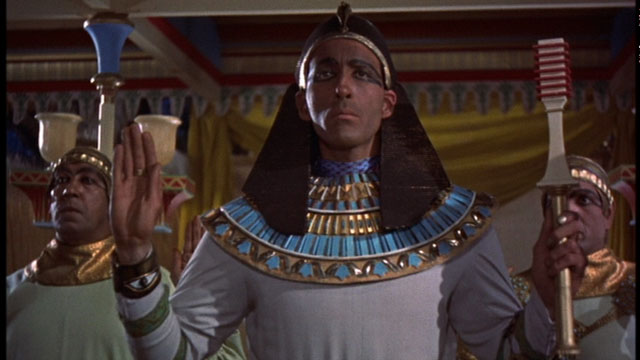
Christopher Lee is about to get wrapped up in murderous trouble in Hammer classic The Mummy
THE MUMMY (Terence Fisher, 1959)
Quad Cinema
34 West 13th St. between Fifth & Sixth Aves.
Friday, June 1, 8:20, Saturday, June 2, 6:25, and Saturday, June 9, 1:00
Series runs May 30 – June 19
212-255-2243
quadcinema.com
 Perhaps the best part of the Quad series “Hammer’s House of Horror, Part I: The Classic Years (1956–1967)” can be found in its very name: Part I, which means there will be even more to come. The first part begins May 30, consisting of thirty-two favorites from the London-based production company, which specialized in resurrecting monsters and presenting them for the first time in color, including the Mummy. Knighted British actor Christopher Lee might be best known to the younger generations as the evil wizard Saruman in the Lord of the Rings and Hobbit films, but over the course of more than two hundred movies Lee, who passed away last June at the age of ninety-three, also portrayed Fu Manchu, Georges Seurat, Sherlock Holmes, Rasputin, Count Dracula, Frankenstein’s monster, and the Mummy. Lee is the immortal wrapped character in Terence Fisher’s 1959 Hammer favorite, The Mummy, a remake of Karl Freund’s 1932 original starring Boris Karloff. On an archaeological excavation in Egypt, John Banning (Peter Cushing), his father, Stephen Banning (Felix Aylmer), and his uncle, Joseph Whemple (Raymond Huntley), discover the vast tomb of Princess Ananka (Yvonne Furneaux). Warned by an Egyptian zealot, Mehemet Bey (George Pastell), to leave the tomb undisturbed, the older Banning instead reads from the Scroll of Life, unleashing the murderous mummy Kharis (Lee), who had dutifully protected his princess centuries before. Three years later, Bey arrives in England with Kharis, determined to have the mummy wreak vengeance on the three men who dared disrespect Princess Ananka and the god they both served, Karnak.
Perhaps the best part of the Quad series “Hammer’s House of Horror, Part I: The Classic Years (1956–1967)” can be found in its very name: Part I, which means there will be even more to come. The first part begins May 30, consisting of thirty-two favorites from the London-based production company, which specialized in resurrecting monsters and presenting them for the first time in color, including the Mummy. Knighted British actor Christopher Lee might be best known to the younger generations as the evil wizard Saruman in the Lord of the Rings and Hobbit films, but over the course of more than two hundred movies Lee, who passed away last June at the age of ninety-three, also portrayed Fu Manchu, Georges Seurat, Sherlock Holmes, Rasputin, Count Dracula, Frankenstein’s monster, and the Mummy. Lee is the immortal wrapped character in Terence Fisher’s 1959 Hammer favorite, The Mummy, a remake of Karl Freund’s 1932 original starring Boris Karloff. On an archaeological excavation in Egypt, John Banning (Peter Cushing), his father, Stephen Banning (Felix Aylmer), and his uncle, Joseph Whemple (Raymond Huntley), discover the vast tomb of Princess Ananka (Yvonne Furneaux). Warned by an Egyptian zealot, Mehemet Bey (George Pastell), to leave the tomb undisturbed, the older Banning instead reads from the Scroll of Life, unleashing the murderous mummy Kharis (Lee), who had dutifully protected his princess centuries before. Three years later, Bey arrives in England with Kharis, determined to have the mummy wreak vengeance on the three men who dared disrespect Princess Ananka and the god they both served, Karnak.
The Mummy is a horror hoot, one of the scary-fun monster movies that were trademarks of Hammer productions. Writer Jimmy Sangster (Blood of the Vampire, The Horror of Frankenstein) and director Fisher (The Phantom of the Opera, The Earth Dies Screaming) get right to the point, avoiding grand statements and instead gleefully satisfying pop culture’s fascination with ancient ritual and religion while being sure to embrace all the genre tropes, including a local drunk (Gerald Lawson), a disbelieving lawman (Eddie Byrne), and a beautiful woman (Furneaux) who might just hold the secret that will save everyone. Veteran Hammer cinematographer Jack Asher keeps the look of the film lovingly murky in the present and pastel-colored in the past, while Franz Reizenstein’s score ebbs and flows right on time. It’s always a treat to see Cushing and Lee side-by-side; they made twenty-two films together, from Hamlet and Moulin Rouge to The Curse of Frankenstein, Horror of Dracula, The Hound of the Baskervilles, The Gorgon, and Night of the Big Heat, the last five all directed by Fisher, and The Mummy is one of their best. While the erudite Cushing struggles to make sure he limps with the same bad leg from scene to scene, the tall, magnetic Lee acts up a storm with just his piercing eyes, which shine a glow that goes much deeper than just a zombielike killer’s. Sure, it gets silly at some points and clichéd at others, but hey, it’s a Hammer horror film. The Mummy is screening on June 1, 2, and 9; “Hammer’s House of Horror” continues at the Quad through June 19 with such other Hammer hits (and non-hits) as The Abominable Snowman, The Brides of Dracula, Frankenstein Created Woman, One Million Years B.C., The Hound of the Baskervilles, The Quatermass Experiment, Rasputin: The Mad Monk, The Stranglers of Bombay, The Nanny, Ten Seconds to Hell, and Die! Die! My Darling.
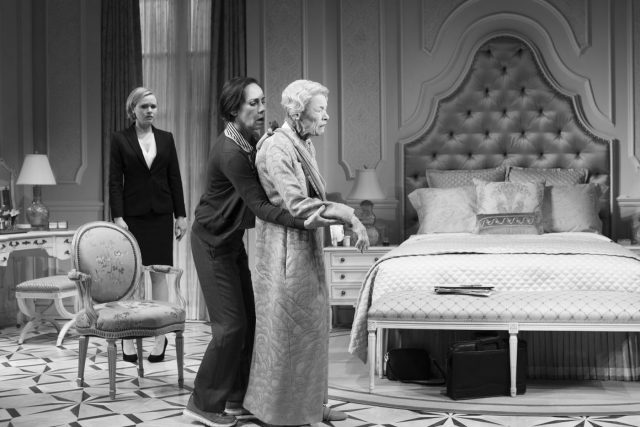

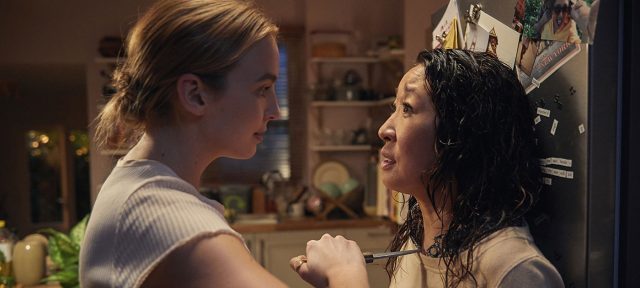
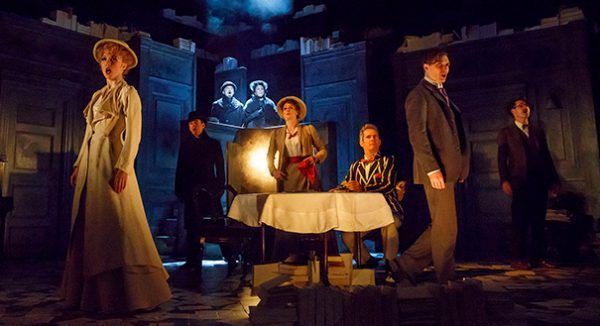
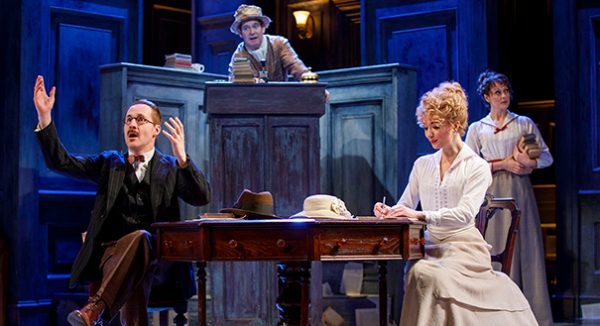
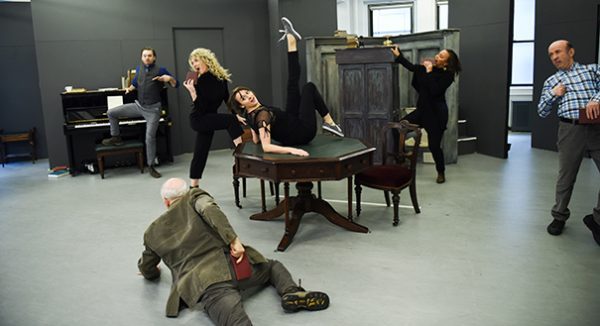
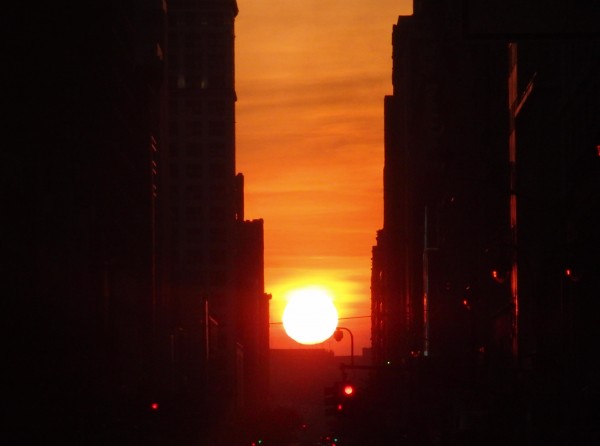
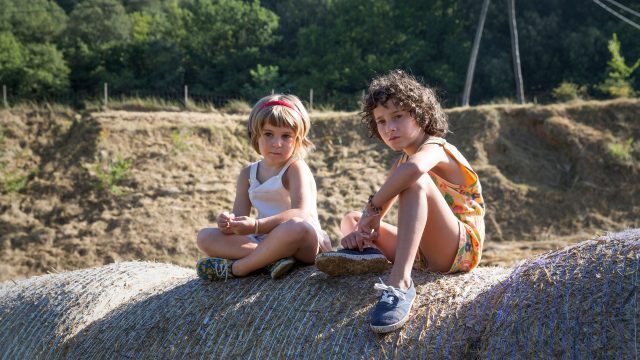
 Named Best First Feature at the 2017 Berlinale,
Named Best First Feature at the 2017 Berlinale, 